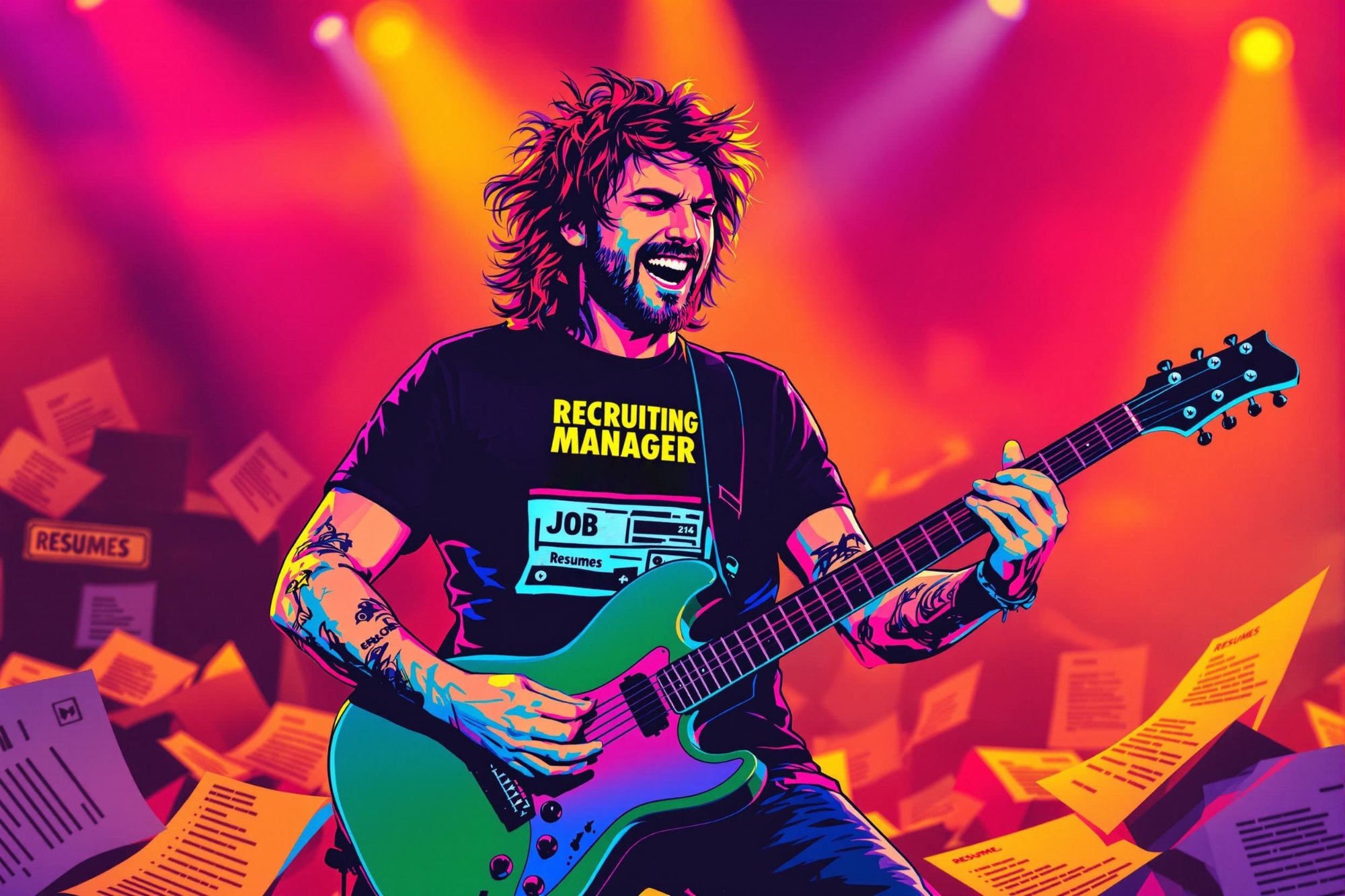
Character Animation
Character Animation is the art of bringing drawn, digital, or 3D characters to life through movement. It's like making puppets move on screen, but using computers or traditional drawing methods. Animators make characters walk, talk, and express emotions in movies, TV shows, video games, and advertisements. This can be done using different methods like hand-drawing (2D animation), computer software (3D animation), or stop-motion. The goal is to create believable movements that make audiences connect with the characters emotionally. Think of movies like Frozen or Toy Story - the way those characters move and express themselves is the work of character animators.
Examples in Resumes
Created compelling Character Animation for main protagonist in animated short film
Led Character Animation team for mobile game project with over 50 unique character movements
Developed Character Animations for background characters in major animated TV series
Typical job title: "Character Animators"
Also try searching for:
Where to Find Character Animators
Online Communities
Job Boards
Events & Conferences
Professional Networks
Example Interview Questions
Senior Level Questions
Q: How do you approach managing a team of animators while maintaining consistent character performance across a project?
Expected Answer: A senior animator should discuss creating style guides, reviewing team members' work, setting up efficient feedback processes, and ensuring all animations maintain character personality consistency throughout the project.
Q: Tell me about a challenging character animation problem you solved and how you approached it.
Expected Answer: They should describe a specific example showing leadership, problem-solving skills, and ability to balance creative and technical requirements while meeting deadlines.
Mid Level Questions
Q: How do you ensure your character animations convey the right emotions and personality?
Expected Answer: Should explain their process of understanding character personality, using reference materials, and implementing animation principles to create believable character performances.
Q: What's your process for receiving and implementing feedback on your animations?
Expected Answer: Should discuss their approach to accepting critique, making revisions efficiently, and balancing different stakeholder inputs while maintaining quality.
Junior Level Questions
Q: Can you explain the 12 basic principles of animation?
Expected Answer: Should be able to name and give simple examples of fundamental animation principles like squash and stretch, anticipation, and timing.
Q: What's your process for planning out a new character animation?
Expected Answer: Should describe basic workflow including reference gathering, thumbnail sketches or blocking, and timing out actions.
Experience Level Indicators
Junior (0-2 years)
- Basic understanding of animation principles
- Simple character movements and expressions
- Following established animation style guides
- Basic software knowledge
Mid (2-5 years)
- Complex character performances
- Efficient animation workflow
- Multiple animation styles mastery
- Giving and receiving constructive feedback
Senior (5+ years)
- Team leadership and mentoring
- Complex project management
- Advanced character performance
- Setting animation style guidelines
Red Flags to Watch For
- No demo reel or portfolio
- Lack of understanding of basic animation principles
- Poor time management skills
- Unable to take direction or implement feedback
Related Terms
Need more hiring wisdom? Check these out...

Unlock Hidden Talent: How Internal Rotation Programs Spark Career Exploration and Boost Retention

Beyond Borders: Mastering the Art of a Global Onboarding Calendar

When Job Ads Dance: Why Your Next Hire Might Come From a 20-Second TikTok

